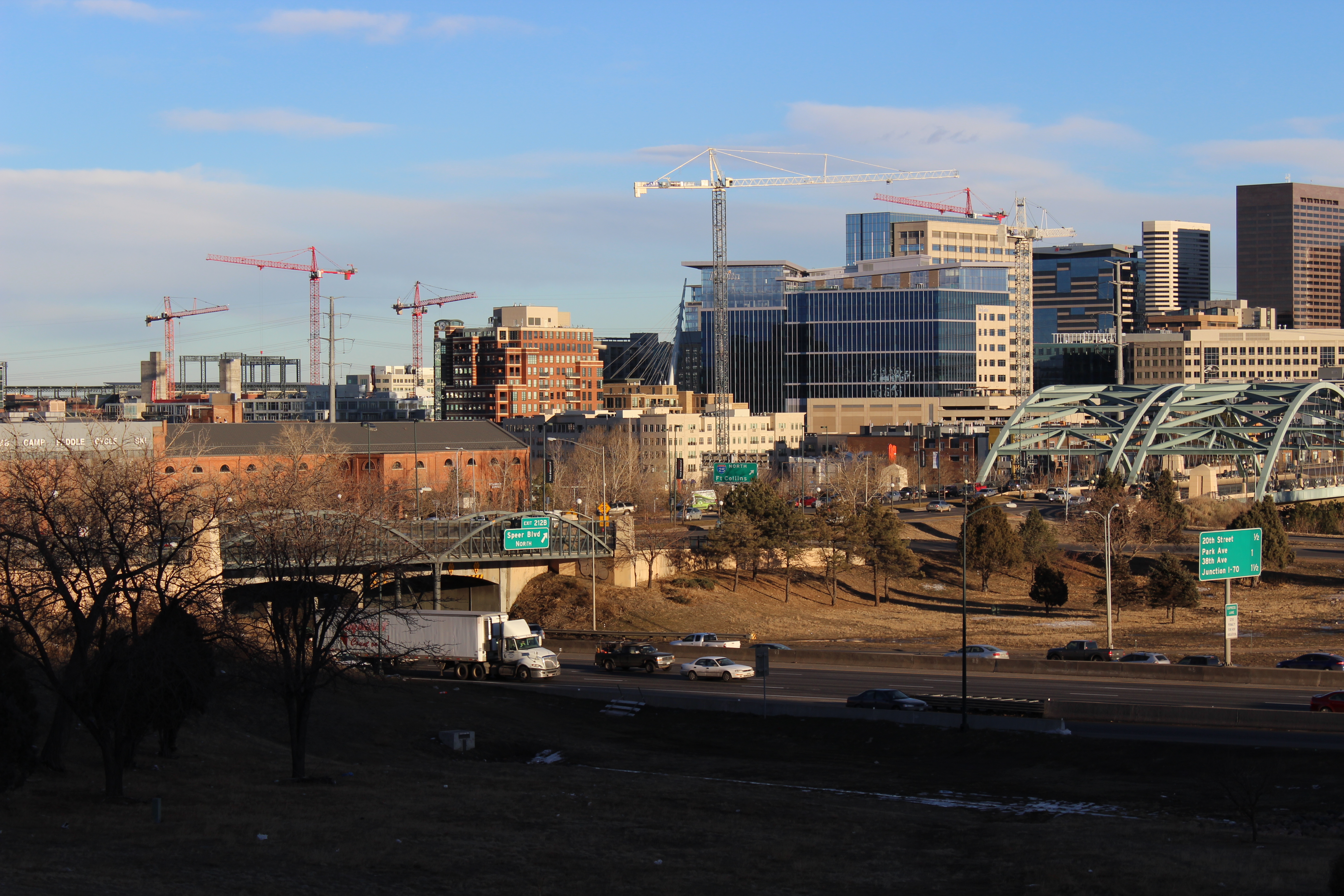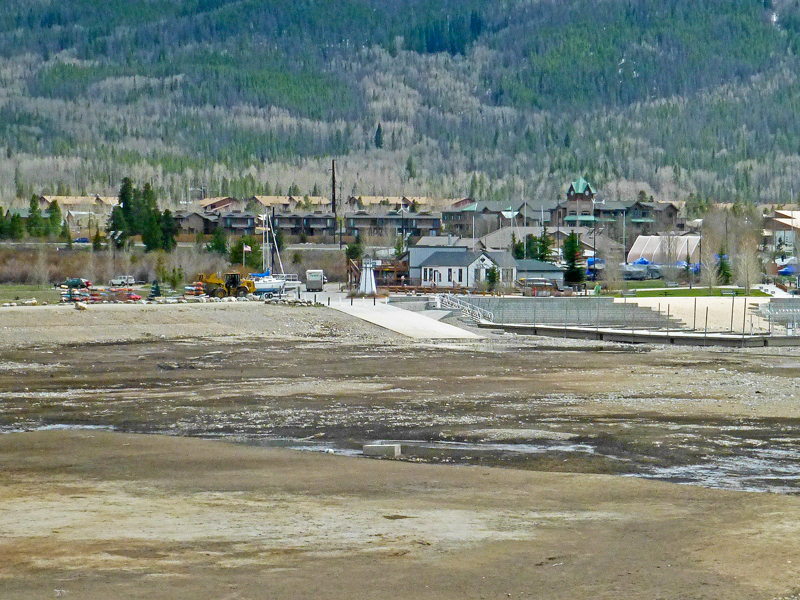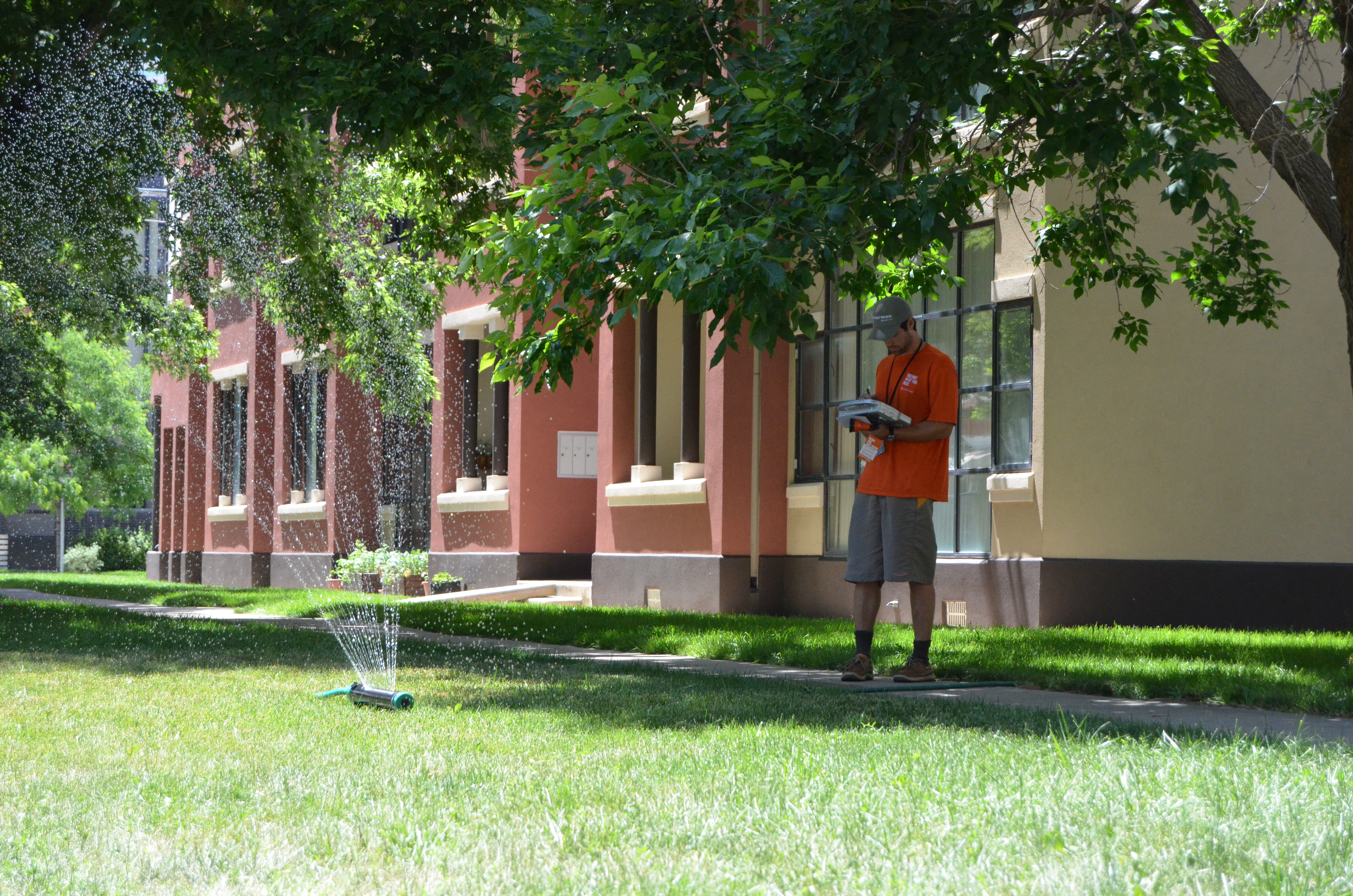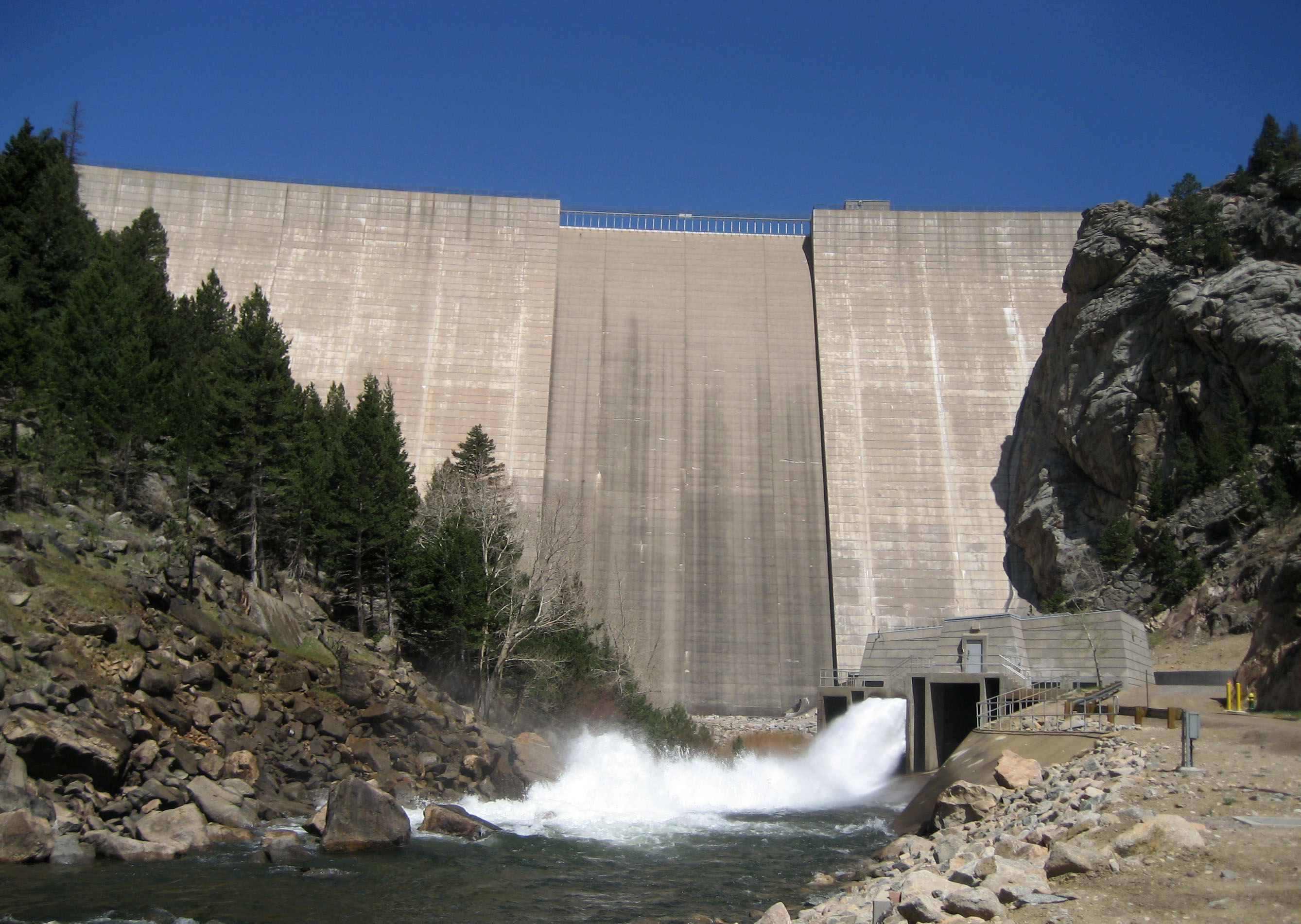
They're coming. Will we have enough water?
Could it be our beloved Broncos? Maybe it’s the great skiing in the mountains, the 300 days of sunshine or perhaps even our new marijuana laws. Whatever the case, Colorado’s population is booming.
The Denver Post reports that more than 100,000 people moved to Colorado from July 2014 through July 2015 — the second-highest population percentage increase of any state in the country, after North Dakota. Colorado’s state demographer, Elizabeth Garner, predicts the state’s population could rise by another 100,000 this year, according to the article.
Whatever their reasons, this much is clear: With all those new people, the pressures on our water system are bigger than ever.
“We don’t know what’s going to happen down the road, but as a water provider, we need to be prepared for a number of different scenarios,” said Greg Fisher, Denver Water manager of demand planning.
Water planning used to be more straightforward, Fisher said. “In the past, planners relied on historical weather and consumption data and paired it with population projections to estimate demand. It’s a little more complicated today.”
Planners have to prepare not just for population growth, but also climate change, economic variability, changes in environmental attitudes, changes in water-use patterns, government regulations, new industries, droughts and other factors, Fisher said.
Each of those factors are interconnected, and each play a role in our long-term water planning, he said.
Last year was a perfect example of why it’s so difficult to predict future water consumption. According to Denver Water records, 2015 was our lowest demand for water since 1970, despite a population increase of 400,000 people. We also saw wild weather swings, with record-high precipitation for the entire watering season, followed by the warmest September in Denver Water’s records.
With half a million more people expected in the metro area by 2040, planners are taking an “all-in” approach that includes conservation, water reuse and development of new water supplies.
Here are examples of the strategy:
In conservation, Denver Water is constantly looking at ways to help our customers use water efficiently, said Jeff Tejral, manager of water conservation. After the 2002-2004 drought, Denver Water set a 10-year goal of cutting water use 22 percent from 2007 through the end of 2016. The average use since 2009 has met that conservation goal, and we continue to ensure that level is permanent.
“Our customers have been doing a great job,” Tejral said. “We’ll keep working with them to maintain that level of savings and always strive for more.” Denver Water’s Conservation staff helps customers become more efficient by offering rebates on water-saving fixtures, fixing leaks and educating customers about water-smart lifestyles.
In terms of reuse, Denver Water produces an average of 2 billion gallons of recycled water each year, which is treated wastewater used for irrigation and industrial uses. Using recycled water reduces the demand on potable (drinking) water and helps keep more water in mountain streams.
For new supplies and storage, we continue to seek a permit to expand Gross Reservoir in Boulder County, and develop gravel pits in Adams and Weld counties for additional water storage. We’re even exploring the feasibility of storing water in underground aquifers.
“Planning for the water demands of tomorrow requires constant innovation and an understanding of how customer needs are changing,” Fisher said. “We always need to be thinking about the future and even challenge major assumptions.”




